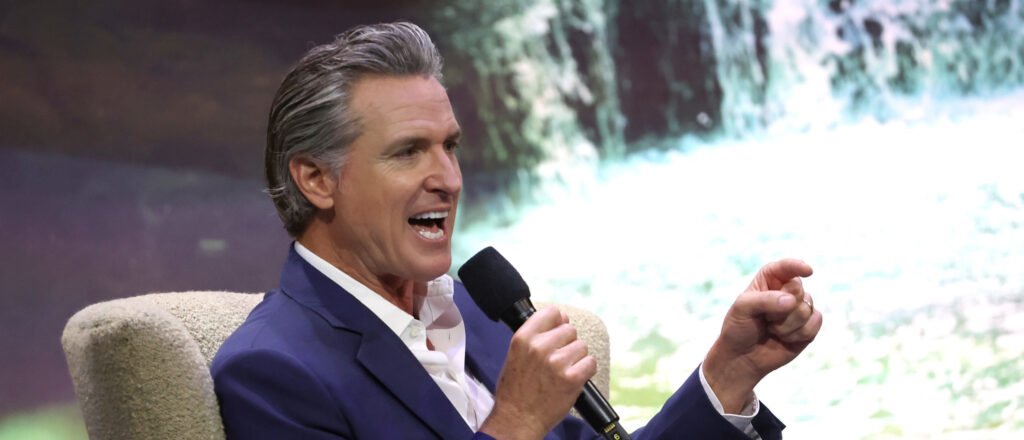Democrats are starting to scale back some of their well-known environmental policies due to rising economic costs. However, some policy experts believe these changes are more symbolic than anything else.
Recently, Democratic leadership has taken steps to relax significant climate regulations. For instance, in California, Gov. Gavin Newsom updated the state’s key environmental review law in June. Many observers feel that these adjustments signal a growing awareness among Democratic lawmakers that the economic fallout from climate initiatives is influencing their decisions, though it’s unclear if these changes will be permanent.
On June 30, Newsom approved alterations to the California Environmental Quality Act (CEQA), which faced criticism for contributing to project delays and worsening the state’s housing affordability crisis. Similarly, the California Energy Commission has proposed suspending profit caps for state oil refiners following the announcement from two major refineries about closing their operations.
Wayne Winegarden, a senior fellow at the Pacific Institute, mentioned that “these policies can be costly,” adding that “the median voters seem to conclude that these policies impose too high costs.” He noted that Newsom’s chances of becoming president hinge on winning over median U.S. voters.
As California’s median home prices approach $850,000—more than double the national median—the political implications of aggressive climate policies loom large for state lawmakers. Amid these increases, California continues to experience high gas prices, which seem largely driven by its energy policies.
People often say they support climate policies in theory, but when faced with the prospect of paying an additional $1,000 annually, opinions change, reflecting a more pragmatic stance.
Meanwhile, in New York, Democratic Governor Kathy Hochul has also adjusted her approach to climate initiatives. She has proposed a “Cap and Invest Program” that includes limits on carbon emissions, requiring companies to buy emission allowances related to their activities. Critics argue New York lacks practical strategies to meet its climate objectives, as noted by Ken Girardine from the Manhattan Institute.
In May, Hochul appeared to shift her climate agenda by partnering with the Trump administration on a state gas pipeline project while placing restrictions on offshore-style developments. Despite acknowledging that New York missed its target of sourcing 70% of energy from renewables by 2030, the state continues to pursue numerous climate initiatives, even amid rising costs.
There’s a sense that the state’s approach, particularly regarding the CLCPA’s statutory goals, is generating uncertainty for businesses that struggle to plan amidst such inconsistencies. Hochul’s office has yet to respond to inquiries for comment.
Some environmental advocates voice strong concerns about perceived rollbacks in climate policies, but analysts argue these reforms fall short of a true reversal. For example, changes to CEQA may help streamline project approvals but could also benefit large developers and union labor.
While California and other Democratic-led states have sued the Trump administration over California’s electric vehicle mandate, suggesting that their climate agenda hasn’t been entirely abandoned, there remains ongoing tension. A few states maintain their zero-emission goals but are grappling with fulfilling these ambitious timelines.
This situation implies that California’s recent policy shifts might be temporary, aiming to alleviate public pressure while retaining a longer-term agenda. There’s a notion that Democrats might slow their pursuit enough to avoid backlash, only to return to it later.
Newsom insists he’s fully dedicated to his climate goals, arguing that achieving green energy and addressing cost of living concerns can coexist. A spokesperson stated that “smart housing is a climate policy, reducing emissions—there’s no one pushing harder than Gavin Newsom.”
















